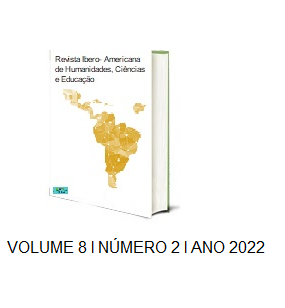CAPITALIST CLASS STATE AND CIVIL SOCIETY: A CRITICAL ANALYSIS OF THIS RELATIONSHIP
DOI:
https://doi.org/10.51891/rease.v8i2.4174Keywords:
State. Social class. Civil Society.Abstract
The aim of this article it’s to produce a critical analysis of the capitalist class State and its relationship with civil society, considering the class conflicts that were built by theantagonistic interests that succeed each other with the form of organization and social relations developed after the institution of the State. As a documentary and qualitative research, it is guided by the understandings of the conceptions about the theme of State and Civil Society brought by classic philosophy. It is based on two fundamental axes: one that addresses the social-historical formation that culminated in the State and, in the second axis, the current moment of the State organized under the capitalist mode of production, presenting its functions under the monopoly perspective. We conclude that the class State is a historical determination and that it has its historical continuity even in the highest standard of technological and social development human relations.
Downloads
Downloads
Published
Versions
- 2022-03-12 (2)
- 2022-02-28 (1)
How to Cite
Issue
Section
Categories
License
Atribuição CC BY

